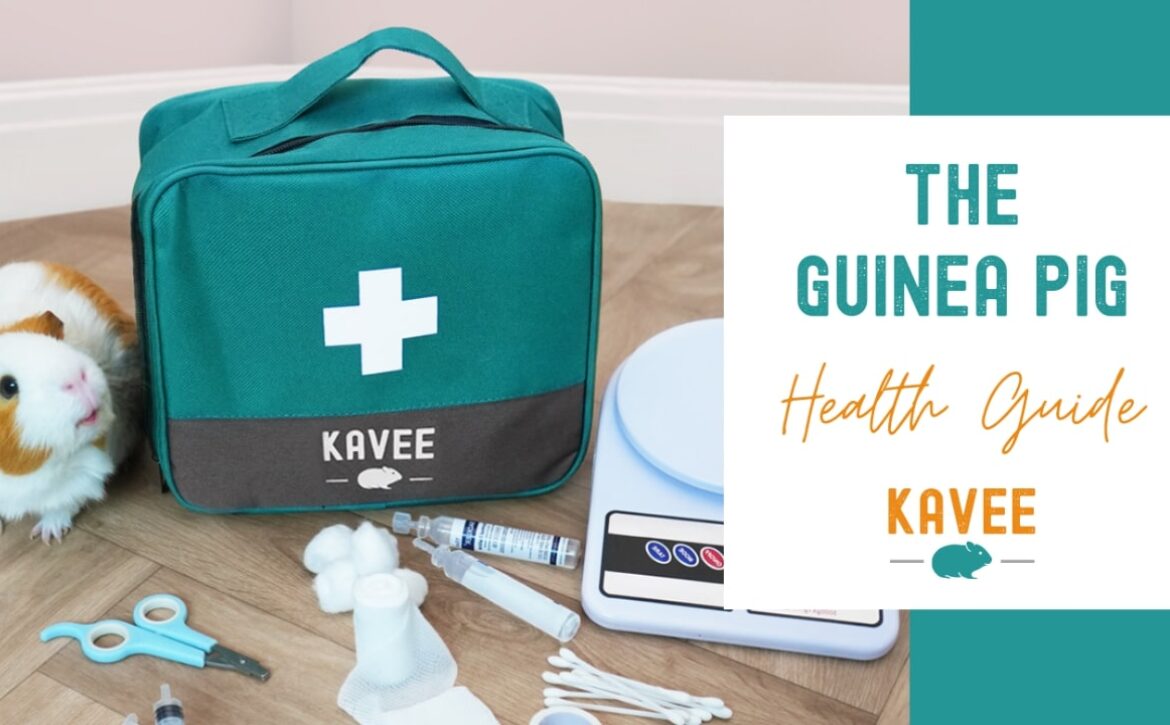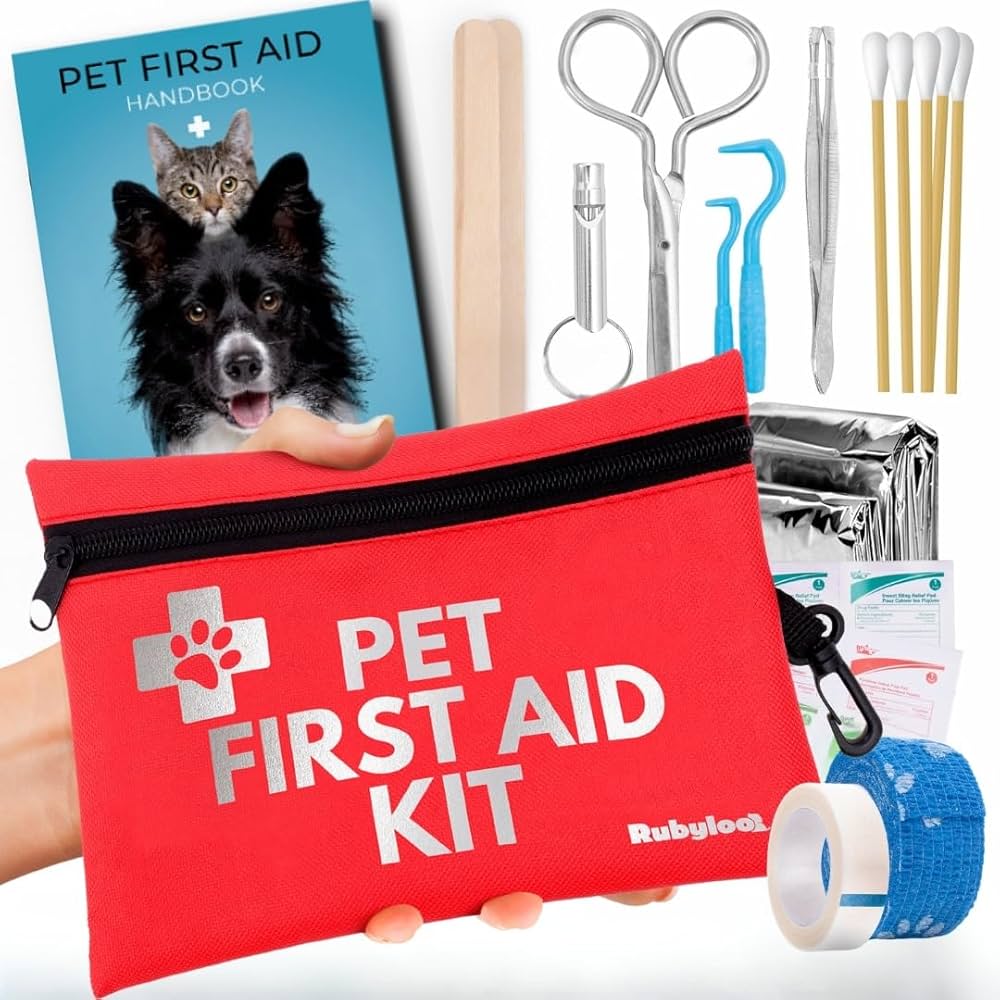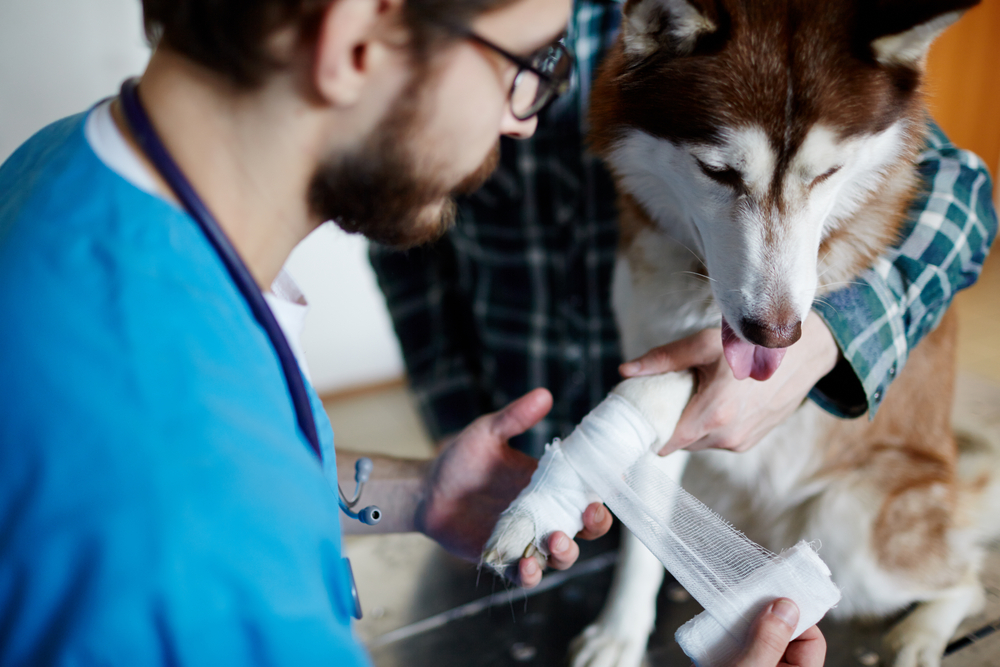How to Become a Cctv Operator Training: Step-by-Step Guide
Imagine having the power to ensure safety and security, watching over bustling areas and sensitive locations. As a CCTV operator, you play a crucial role in keeping environments safe and monitored.
But how do you step into this vital position? You might be wondering what skills you need, how the training works, and what the job truly entails. This article is your guide to becoming a CCTV operator, offering clear insights and practical advice.
We’ll break down the training process and highlight essential skills, helping you feel confident and prepared. Ready to discover how you can start your journey toward this rewarding career? Keep reading, and learn how you can make a difference in the world of security.
Role Of A Cctv Operator
Aspiring CCTV operators need specialized training to monitor and manage security systems effectively. Courses cover equipment handling, surveillance techniques, and legal responsibilities. Practical experience and certifications enhance job prospects.
The role of a CCTV operator is both challenging and rewarding. It involves monitoring security cameras to ensure the safety and security of a particular area. As a CCTV operator, you become the eyes of the premises, keeping watch over everything that unfolds. This responsibility requires vigilance, attention to detail, and a calm demeanor.
Understanding The Core Responsibilities
A CCTV operator’s main task is to monitor live and recorded footage. You will be responsible for identifying any suspicious activities and responding appropriately. This might include contacting authorities or alerting on-site security personnel. Every shift requires full attention, as missing key details can lead to significant consequences.
Importance Of Technical Skills
You’ll need to be familiar with various surveillance equipment and software. This includes operating complex camera systems, zooming in on specific areas, and adjusting camera angles. Imagine handling a complex puzzle; each piece of technology is a part of that puzzle. Mastering these tools ensures you can respond quickly and efficiently to any situation.
Effective Communication Is Key
Communication is a crucial part of a CCTV operator’s role. You’ll often need to report incidents to your team or to the police. Clear and concise communication ensures that the right action is taken promptly. Think about this: could you effectively describe a situation in a high-pressure moment? Practice makes perfect, and being well-prepared is half the battle won.
Attention To Detail Makes A Difference
Your ability to notice minute details can make a huge impact. Spotting something unusual could prevent a potential threat. This requires a sharp eye and an ability to stay focused for long periods. Are you someone who naturally picks up on small changes in your environment? This skill will set you apart as an excellent CCTV operator.
Staying Calm Under Pressure
In emergencies, your calm response is critical. You may encounter high-stress situations where quick thinking is necessary. Remaining calm allows you to make rational decisions and keep everyone safe. Picture yourself as the anchor in a storm, steady and composed, guiding the team to safety. Becoming a CCTV operator requires dedication and a willingness to learn. With the right training and attitude, you can excel in this field. Are you ready to take on the challenge?

Essential Skills
Becoming a proficient CCTV operator involves mastering certain essential skills. These skills ensure effective monitoring and response to various situations. They also promote efficient communication and technical handling. Let’s explore the key skills needed to excel in this field.
Attention To Detail
A CCTV operator must have sharp observational skills. Every detail counts when monitoring surveillance footage. Being able to notice subtle movements or changes is crucial. This skill aids in identifying potential security threats early. Vigilance and focus are key components of attention to detail.
Communication Abilities
Clear communication is vital in security operations. CCTV operators often work in teams. They need to convey information accurately and quickly. Good communication helps in coordinating responses to incidents. It also ensures that all team members are on the same page.
Technical Proficiency
Understanding how to operate CCTV equipment is essential. Operators should know how to navigate software and hardware. Technical skills help in troubleshooting equipment issues. Being tech-savvy enhances efficiency in handling surveillance systems. Familiarity with digital tools is a significant advantage.
Educational Requirements
CCTV operator training typically requires a high school diploma. Courses cover surveillance techniques, equipment handling, and safety protocols. Certification may be required, depending on local regulations.
Becoming a CCTV operator requires a solid foundation in education, focusing on certain courses and certifications. Understanding the educational requirements can help you build the skills needed for a successful career in surveillance. Let’s dive into the specifics of what you should focus on during your educational journey.
Relevant High School Courses
Your high school education plays a crucial role in preparing you for a career as a CCTV operator. Courses in computer science are particularly beneficial, as they teach you essential skills in technology and software that you’ll use daily. Mathematics is another valuable subject, sharpening your analytical skills and attention to detail. These are key when monitoring security footage and identifying patterns. Consider taking a psychology class to understand human behavior. This knowledge can help you interpret actions and predict potential security threats.
Certifications Needed
Certifications are the next step in your journey to becoming a CCTV operator. They validate your skills and make you stand out to employers. You might wonder, which certifications are essential? Start with a basic security certification, such as the Security Industry Authority (SIA) license. This is often a mandatory requirement for working in security roles in many countries. Additionally, consider specialized CCTV training courses offered by recognized institutions. These courses cover aspects like camera operation, video analysis, and legal regulations. Certifications not only boost your resume but also equip you with practical skills. They can open doors to more opportunities and higher pay scales. So, are you ready to take that next step?
Choosing The Right Training Program
Choosing the right training program is crucial for aspiring CCTV operators. With the right program, you gain valuable skills. It prepares you for real-world challenges. But how do you choose the best one?
Accreditation Importance
Accreditation ensures the program meets quality standards. Accredited courses are recognized by employers. They guarantee you learn the necessary skills. Always check if the program is accredited.
Curriculum Highlights
A good curriculum covers essential topics. It includes surveillance techniques, legal guidelines, and equipment handling. Look for programs that teach these areas. A comprehensive curriculum prepares you well.
Hands-on Experience
Practical experience is vital for CCTV operators. Hands-on training helps you understand equipment. It provides real-world scenarios to practice. Choose programs offering practical sessions.
Certification Process
Embarking on the journey to become a CCTV operator involves understanding the certification process. This crucial step ensures you are equipped with the right skills and knowledge to handle surveillance equipment effectively. Certification not only validates your expertise but also enhances job prospects and opens up opportunities for career growth. Let’s break down the certification process, focusing on the bodies that provide these credentials and tips to prepare for the exams.
Certification Bodies
Several recognized bodies offer CCTV operator certifications, each with its unique requirements and standards. The Security Industry Authority (SIA) is one of the most prominent in the UK, providing a widely respected certification. In the US, organizations like ASIS International and the Electronic Security Association (ESA) offer similar programs.
These bodies ensure that the certification process aligns with industry standards, making your certification valuable to employers. It’s crucial to research the certification body that best fits your career goals and offers relevant training. Choosing the right organization can make a significant difference in your professional journey.
Exam Preparation Tips
Preparing for the certification exam requires dedication and strategic planning. Start by understanding the exam format and the topics covered. This will help you focus your study efforts and manage your time effectively.
Create a study schedule that prioritizes areas you find challenging. Use online resources, practice tests, and study groups to reinforce your learning. Engaging with others can provide new insights and make the preparation process less daunting.
Ask yourself: Are you ready to invest time in honing your skills? The certification exam is not just a test of knowledge; it’s a step towards achieving your career aspirations. Approach it with determination and curiosity, and you’ll find the process rewarding.
On-the-job Training
On-the-job training is crucial for aspiring CCTV operators. It offers practical experience and helps build essential skills. This training enhances theoretical knowledge gained in classrooms. It immerses trainees in real-world settings. Here, they learn how to handle complex surveillance situations. This hands-on approach boosts confidence and readiness for future roles.
Mentorship Opportunities
Mentorship plays a vital role in CCTV operator training. Experienced professionals guide newcomers. They share valuable insights and practical tips. This guidance helps trainees understand the nuances of surveillance work. Mentors provide feedback and support. They foster a learning environment that encourages growth. Through mentorship, trainees refine their skills and gain deeper knowledge.
Real-world Scenarios
Training often includes exposure to real-world scenarios. Trainees monitor live footage and respond to incidents. This experience is invaluable. It teaches quick decision-making and problem-solving. Real-world scenarios prepare trainees for unexpected situations. They learn to manage stress and maintain focus. These scenarios build resilience and adaptability in challenging environments.
Career Advancement
Start your journey as a CCTV operator by enrolling in specialized training courses. These programs cover essential skills like monitoring systems and identifying security threats. Hands-on practice and expert guidance enhance your proficiency in handling surveillance equipment effectively.
Embarking on a career as a CCTV operator is just the beginning. As you gain experience, numerous opportunities for career advancement await you. Elevate your skills and widen your professional horizons by focusing on specialized areas and continuous learning. But where do you start, and how can you make your mark in this dynamic field?
Specialization Options
Diving deeper into specific areas within CCTV operations can significantly boost your career. You might choose to specialize in areas like cybersecurity, where you ensure the footage remains secure from unauthorized access. Alternatively, focusing on system installation and maintenance can make you indispensable to organizations looking to upgrade their security infrastructure. Imagine specializing in facial recognition technology. Not only does this place you at the cutting edge of surveillance technology, but it also opens doors to roles in high-stakes environments like airports and government facilities. Which area excites you most? Picking a specialization that aligns with your interests can make your job more fulfilling and pave the way for future opportunities.
Continuing Education
Never underestimate the power of continued learning. In a field as rapidly evolving as CCTV operations, staying updated with the latest technologies and methodologies is crucial. Consider enrolling in workshops or courses that offer certifications in advanced surveillance systems or data analysis. Online platforms now provide a wealth of resources that can enhance your knowledge base. You can learn at your pace, fitting it around your current job responsibilities. What skills are missing from your toolkit? Identifying and addressing these gaps can set you apart from your peers and propel your career forward. Taking these steps not only enhances your expertise but also signals to employers that you are committed to professional growth. This dedication can lead to promotions or even open up new career pathways. Remember, your career advancement is in your hands. Where will you take it next?

Job Market Insights
Understanding the job market is crucial if you’re considering a career as a CCTV operator. The role is becoming increasingly important in today’s world, especially with the growing emphasis on security and surveillance. Below, we’ll dive into some key insights about the job market, helping you make an informed decision about your future career.
Industry Demand
Security is a top priority for many businesses and public entities, driving the demand for skilled CCTV operators. With advancements in technology, there’s a growing need for operators who can handle sophisticated surveillance systems. Are you ready to step into a field where your skills could be in high demand?
Look at the rise in urban infrastructure and public safety projects. These developments often require robust surveillance solutions, creating more opportunities for trained professionals like you.
Salary Expectations
Salaries for CCTV operators can vary based on location, experience, and the complexity of the systems you’ll manage. On average, entry-level positions might offer competitive wages, while experienced operators can expect higher earnings.
Consider this: In larger cities, where the cost of living is higher, salaries tend to be more attractive. However, even in smaller towns, the need for security means you can find rewarding positions.
Potential Employers
As a CCTV operator, you might find opportunities with a variety of employers. Private security firms often seek skilled operators for their clients. Retail chains and corporate offices also employ operators to safeguard their premises.
Don’t overlook government agencies and transportation hubs. They frequently require surveillance experts to ensure public safety. Where do you see yourself making the most impact?
What’s exciting is the potential for career growth in this field. As you gain experience, you could move into supervisory roles or specialize in system analysis.
With these job market insights, you’re now better equipped to pursue a career as a CCTV operator. Whether you’re looking for stability, growth, or the chance to make a difference, this role offers plenty of opportunities to explore.
Frequently Asked Questions
What Qualifications Do I Need To Be A Cctv Operator?
To become a CCTV operator, you typically need a high school diploma. Additionally, completing a security training course is essential. Obtaining a Security Industry Authority (SIA) license is often required. Practical experience in security can also be beneficial. Always check local regulations for specific requirements.
How Long Does Cctv Operator Training Take?
CCTV operator training usually takes between one to two weeks. The duration varies depending on the training provider. Courses often include both theoretical and practical components. Completing a comprehensive training program ensures you are well-prepared. Always choose a reputable training provider for the best results.
Is Cctv Operator A Good Career Choice?
Being a CCTV operator offers a stable career with growth opportunities. It provides a crucial role in security and safety. The demand for skilled operators is consistently strong. It also offers diverse work environments. With advancements in technology, the role continues to evolve, providing long-term career prospects.
What Skills Are Essential For A Cctv Operator?
Key skills include attention to detail and strong observational abilities. Technical knowledge of CCTV equipment is crucial. Good communication skills are important for reporting incidents. Problem-solving skills help in handling unexpected situations. Being able to work independently and as part of a team is also essential.
Conclusion
Becoming a CCTV operator opens many career opportunities. Training is your first step. Learn to handle equipment efficiently. Understand the importance of security and vigilance. Real-world practice is crucial. Focus on gaining hands-on experience. Stay updated with the latest technology.
Certifications boost your career prospects. Commitment and practice lead to success. Remember, patience is key in this field. Keep learning and growing. Your dedication will pay off. Aim to be the best in your role. Start your journey today. Stay focused and confident.
Your future in security awaits.











.png)






